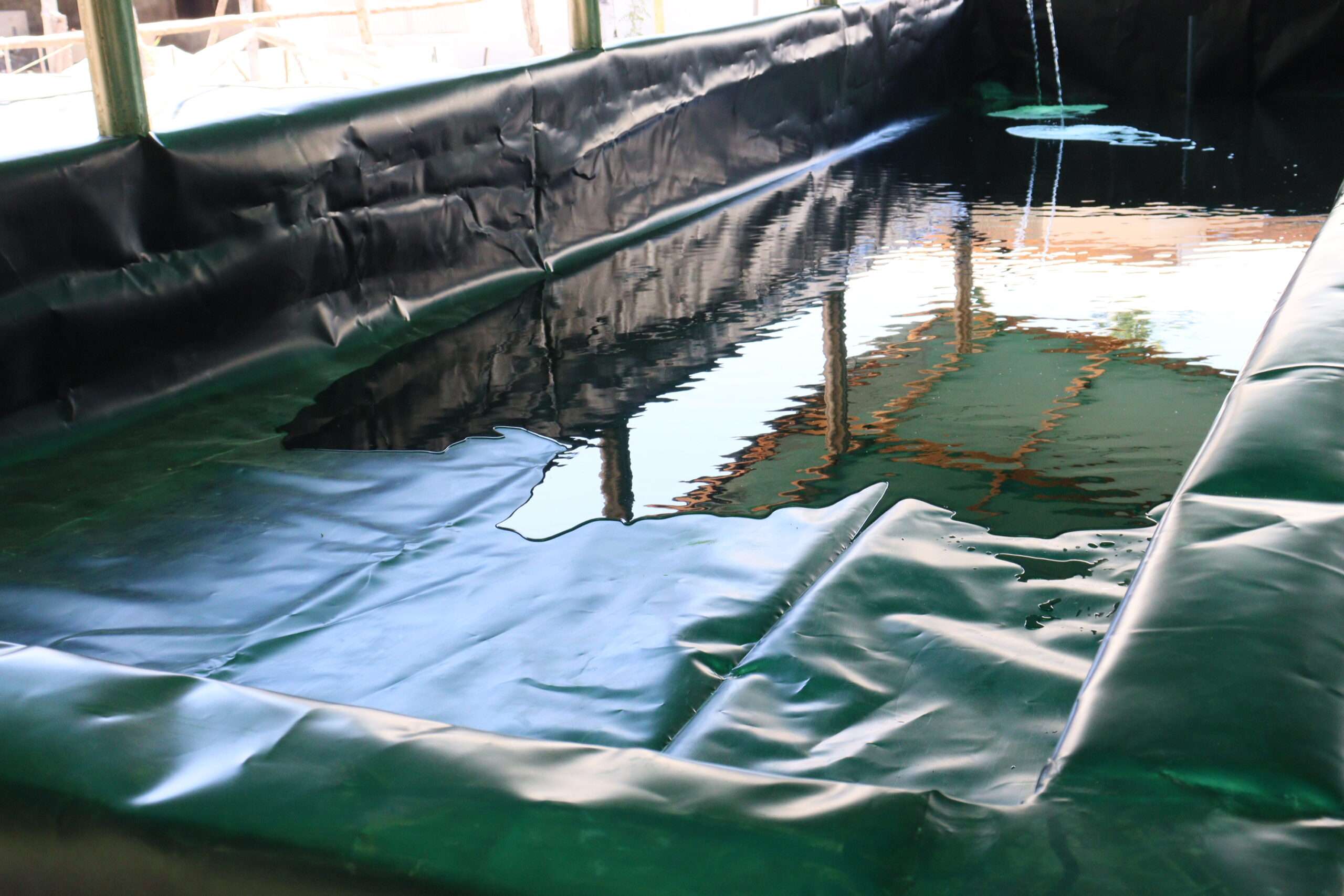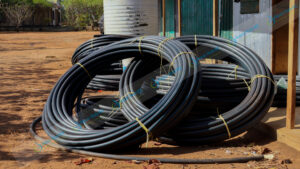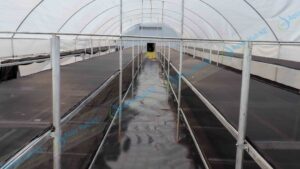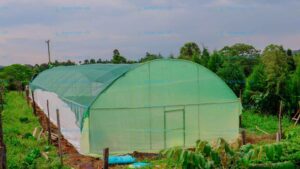Fish farming in Kenya is nowadays practiced in most parts of the country due to sustainable water storage by use of Pond Liners. Pond liners create a stable and secure pool of water for rearing different types of aquatic organisms such as fish, crabs and oysters.
Aqua Hub LTD has durable and quality pond liners at different prices per the thickness level. We size and install your liner on customer friendly charges.
Call 079719020
What are HDPE Pond Liners?
HDPE Pond Liners are High Density Polyethylene materials with tensile, durable and waterproof surfaces to allow it to hold water.
Pond Liner Prices in Kenya
The cost of Pond Liner varies according to the thickness sizes.
Our pond liner prices are as follows.
- 0.3 mm – KES 150 per square meter
- 0.5 mm – KES 230 per square meter
- 0.75 mm – KES 320 per square meter
- 1 mm – KES 420 per square meter
Why Pond Liners in Fish Farming?
The demand for fish is high in both domestic and foreign markets because of its delicious taste. Many people are venturing into fish farming because of its high profitability and demand in Kenya. The shortage of fish supply from Lakes in Kenya has encouraged people to rear fish.
Water shortage in most parts hinder fish farming especially due to climate change and prolonged droughts. Pond liners have emerged as the ideal solutions to boost water availability and enhance domestic fish farming. With the use of these plastic materials, you can collect water and breed aquatic fish and crab species.
Features of HDPE Pond Liners
- HDPE Plastic Material: Designed from High Density Polyethylene material which is popular for its strength and application in making pipes and water accessories.
- Black Color: to enhance its ability to absorb heat and enhance a warm breeding environment for fish.
- Waterproof: impermeable nature makes it resistant to water seepage.
- Thickness: available in thickness levels of 0.3 to 1 mm. 0.3mm, 0.5mm, 0.75mm and 1mm.
- Flexible: its flexibility allows it to fold and enhances packing in rolls.
- Non-corrosive nature: does not react with water or harm the aquatic life.
- Environment friendly: it is a stable material which does not pollute the environment.
- Versatility: it is suitable for a variety of water uses including retaining water in swimming pools, farm water ponds, and water treatment plants.
Pond Liner Thickness Sizes and Recommended Uses
0.3 mm Liner.
- For smooth or clay soil areas.
- Often best for small ponds such as 200 square meters.
0.5mm Liner
- It is used for medium-sized projects; from 200M sq to 1,000M sq area
- Works on a lightly rough surface, like one with some murram
0.75mm Liner
- Great for medium-to-large projects; from 200M sq to any size
- Can withstand rough surfaces; stony or rocky
1mm Liner
- Recommended for large projects; from 1,000M sq to any size
- Can withstand rough surfaces; stony or rocky
How to Install HDPE Pond Liners
- Start by Planning and designing the installation of your fishpond liner. Select a proper location to place your fishpond. Consider an area with secure access.
- Excavate the pond. Ensure the edges are not steep to prevent collapse, which is common in some areas with weak soil structures.
- Level the base of the pond and remove sharp objects such as roots. Incase of rocky bases, add a layer of sand to make it smooth.
- Make a trench around the perimeter on the ground surface surrounding the dam. The trench is for anchoring the pond liner onto place by burying it and holding it with soil.
- Unroll the liner and place it over the pond ensuring it overlaps over the edges of the pond.
- Fit the pond liner, tuck in the extension to the trenches and secure it by burying it with soil.
- Pump clean water into the pond
Liners for Tank Fish Farming
Fish rearing can also be done in confined tanks or concrete underground tanks. While concrete tanks also hold water, they crack with time and start leaking thus water levels will drop. Pond liners are also effective in lining concrete tanks as they fold and cover all the parts effectively.
How to Choose Pond Liners
Thickness of a Liner: before deciding which pond liner thickness to use, check your soil structure. Hard or rocky soils require thicker sizes such as 0.75 mm or 1 mm.
Location: Areas with high permeable soil require more durable and high-density pond liners.
Size of the Pond liner: take measurements of your ponds accurately to ensure you get the correct size for proper installation and durability.
UV treatment: consider UV treated pond liners as they are more durable and stable for water use.
Supplier: always mind who to buy your pond liner from. Reputable suppliers with more customer reviews are trustworthy and provide quality materials.
Installation: consider a supplier who conducts installation if you don’t have the knowledge to do it yourself.
How to Weld or Join Pond Liners
Despite the flexible nature of fishpond liners, they still require cutting and welding to ensure they fit well into different shapes of the pond. Some ponds may also be bigger and require more than one roll of pond liner. To prevent water leakage and keep the material secure, it is connected by welding method.
Welding method uses a hot wedge machine to heat the liner and allow it joins upon cooling.
How to maintain your Fishpond Liners
- Always inspect your pond liner for any damage that could appear such as punctures.
- Check the water levels regularly to ascertain that your pond liner is still in good condition.
- Always use protective nets to fence your fishponds for security against birds and other predators.
- Always remove falling leaves and sticks from the water to ensure it remains clean.
- Make a trench around your fishpond to prevent dirty water or surface run off from entering the pond.





